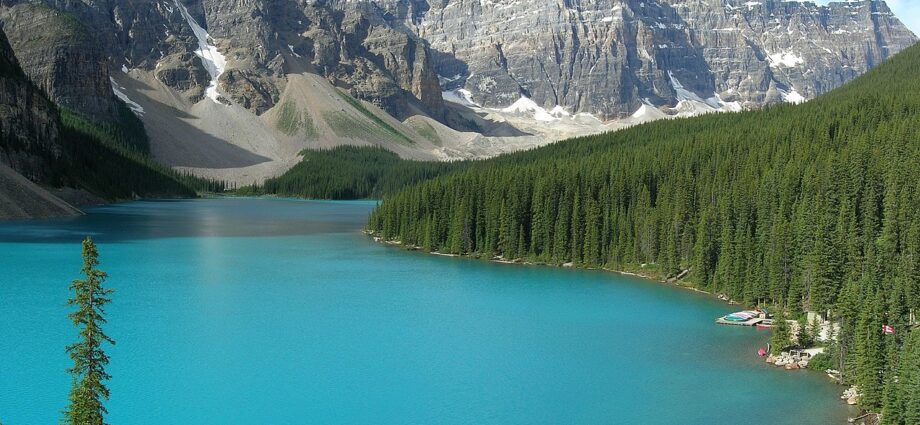
If nature is central to Canadian identity, more Canadians should be able to experience the physical and mental benefits of the great outdoors.
by Mathieu Roy. Originally published on Policy Options
June 17, 2025
(Version française disponible ici)
In Canadian politics, few ideas cut across party lines as cleanly as how much we love nature. Policies on protecting our environment — and opinions about what harms it — vary widely. But you can bet that any campaign ad, throne speech or holiday message is likely to include a reference to the Maple Leaf along with the Rocky Mountains, our prairies and forests, the Great Lakes, our coastlines or the High Arctic.
Nature is used as a kind of shorthand for who we are and what we value. But when a new government puts that belief as a core item in its agenda, as Prime Minister Mark Carney’s Liberals appear to have done, we must ask: What does it mean to say nature is central to Canadian identity and what would it take to translate that into reality?
This is not just a philosophical question. It’s a call to action. If we take the claim seriously — and we should — it carries at least three practical obligations: expanding access to nature for all Canadians, protecting more of the land that defines us, and building natural infrastructure, like parks and trails, to connect us to nature — and each other.
Most Canadians agree that nature is part of who we are, as evidenced in a recent poll by EKOS, a public-opinion research firm. But for many, being able to enjoy nature daily is limited or out of reach. Urbanization, neighbourhoods with few parks, trails that can only be reached easily with a car and the rising cost of living make it harder for people to experience the physical and mental benefits of time spent outdoors. If nature is a core part of our identity, access to it shouldn’t be a privilege. It should be a right.
That means investing in public spaces that bring nature closer to where people live, including more green spaces, trails and community-led outdoor programming. Such funding is fundamental to fostering a deeper connection with nature, promoting belonging, improving health and supporting local culture.
To protect nature — a pillar of the Liberal campaign platform in the April election – we need more than regulations.
Under a global biodiversity framework agreed to in 2022 at the COP15 conference in Montreal, Canada has committed to increasing access to green spaces (forests, parks and agricultural land) and blue spaces (lakes, rivers and wetlands), especially in urban areas. It has also promised to integrate nature into how we live plan and build. This target recognizes that people need to care about nature to protect it and are more likely to do so when nature is a part of their everyday lives.
No government can achieve this goal alone. Partnerships with Indigenous communities, non-profit organizations and local experts play an important role in supporting a connection to nature and making conservation a mainstream, dinner-table subject.
Canada’s recreation and parks sector is much more than fun and games
We need to build natural infrastructure that reflects who we are and what we care about. Prioritizing the country’s network of trails is a strong example. They support low-carbon transportation, protect green spaces, act as firebreaks during climate emergencies, provide corridors for wildlife and stimulate local economies. These aren’t soft benefits. They are measurable returns on public investment and serve to anchor nature in our daily lives.
The ecological benefits of the Trans Canada Trail are valued at an estimated $82 million annually. On top of that are the health benefits for the 2.6 million Canadian adults who use it, estimated to save $1.7 billion in health-care costs.
Too often treated as an afterthought, this kind of infrastructure unites a country and reflects public values. It deserves centre stage in our national vision.
National parks systems, trail networks or innovative public transportation routes all illustrate how shared infrastructure can transcend utility and become a source of collective pride. The Carney government has an opportunity to lead on this front by championing projects that not only connect Canadians but embody our shared values and reflect our deep connection to the land.
Investing in the relationship between people and nature is one of the most powerful and unifying choices the new government can make if it wants to fulfil its promise to protect the environment, grow our economy and embrace our national identity. That means going beyond a mention of the Maple Leaf during question period. It means working to embed nature into the lives of Canadians through improved access, robust protection and sustainable development.
Subscribe to our newsletter.
This article first appeared on Policy Options and is republished here under a Creative Commons license.

